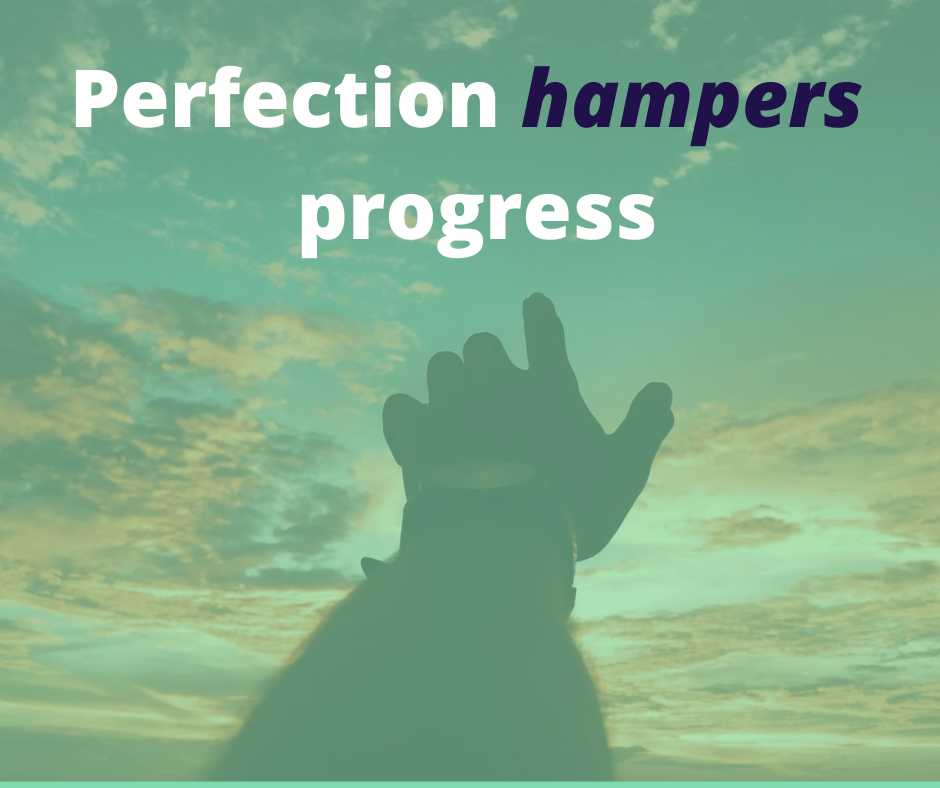The concept of motivation may be straightforward: reduce conflict, increase collaboration and remove blockers or obstacles that frustrate or take people away from achieving.
Who here thinks that keeping motivated is an easy job?
No – me neither!
Motivating employees is even harder.
However; add in real-life issues, personal problems, personality clashes or confused communication and it can become a headache.
Leaders are expected to understand what motivates each individual on their team and then manage them accordingly. This becomes increasingly challenging when they have a large team or one that works across time zones, locations or remotely. The workload of a leader can become overwhelming when processes and admin become greater – and HR can be guilty of adding more ‘control & command’ demands in a bid to ensure everyone is managed to a standardised process to ensure ‘fairness’.
Usually, this takes the form of ‘carrot and stick’ e.g. employees are rewarded when they follow the process and demonstrate compliance/productivity, or are subject to formal interventions as a consequence if they don’t.
What should you be doing?
This black and white approach to motivation is common, and one I cut my HR teeth on throughout my career. After all, it’s pretty simple. Do as you are told (even if it’s not effective), or there is a well-known path to tread on your way to the door. At the time, it seemed fair and balanced, as I trusted that those above me knew what they were doing.

As a people leader, if our sole task is one of compliance (following the documented procedure), then we keep ourselves motivated by measuring it in terms of achieving vs not achieving employees. The end game is to have more productive employees, regardless of how effective they are and remove those that aren’t. A bit like a balance sheet!
But employees are people. And so are leaders. So let’s try things a different way.
What if we started to think about motivation more in terms of how people feel about their work rather than what they are doing?
Stick with me on this.
Any employee that feels good about their work is more likely to have higher motivation – and are more likely to motivate others.
So, if you already know they are feeling good and are motivated, you can have those impactful conversations and collaborations that will further improve their experience and the mission of the company.
Here’s some thoughts to achieve this:
Actually show appreciation in real-time
It’s really tempting to rely on a performance system like:
- Employee of the month
- Monthly/Quarterly 121’s
- Annual Appraisals
- Annual awards ceremonies
However, the impact is lost when it is few and far between – and motivation will ebb quickly.
It is more powerful if you acknowledge contributions so that employees feel appreciated and valued, at the time they are making the most effort. This includes the time when they are trying hard but not yet achieving something concrete. Language can be really powerful here:
- “I can see you are trying really hard, and things aren’t going your way at the moment. How can we make things easier?”
- “That was a great first step….”
- “I heard what you were saying and see where you are coming from….”
- “Fantastic job”
- “I was talking to X yesterday about your work, and they were impressed with your progress so far”
Leaders can often underestimate the impact of this. Imagine the talk around the dinner table at home, or on the phone to parents, or having a drink with friends:
- “He said I was doing well…”
- “I need to keep going with this, it’s having an impact on the company”
- “No-one else gets it, but she does”
- “They think I’m doing a fantastic job! What a relief!”
- “It was so frustrating, but at least I’ve got my leader on my side”
Now translate that into the impact of wellbeing and motivation….feels good, right?
Show your team the bigger picture and where they fit in
When employees know that their work matters there is nothing more motivating. Think beyond the bottom line. Just showing people that line on a profit and loss account isn’t going to get them in the feels. They just see the benefit to those higher up the ladder.
When we spend more time on the why, rather than the how, we see results quicker.
Picture this:
Leader One: Goes to great lengths to explain how moving to a new system will benefit the company financially (as it’s a cost-saving) and warns that there may be upheaval. They detail the procedure for compliance, and data management in the interim, and share the timeline of the process. They are meticulous and the process is well-thought-out.
Now picture Leader Two sharing how they have listened to employee feedback and have realised that the old system was having a negative on employees’ time, effort and effectiveness, as well as being a cost burden to the company. Moreover, it was the biggest cause of frustration and was preventing employees from undertaking initiatives that will directly impact the team or the wider company. That leader then shares the initiatives that could be implemented, and the opportunities that will be available for the team once they have endured the pain of the transfer to the new system.
Which one would you find more motivating?
Questions you could ask to remain motivational:
What are we doing as a team?
Why do we do it? Who do we benefit?
What does success look like for us as a team?
Or for each employee?
What role does each employee play?
Plan for obstacles and plan for them with your team
Obstacles, blockers, challenges and conflict are going to happen. It can be painful and frustrating, and also de-motivating.
By acknowledging up front, with the team, that there will be challenges (both anticipated and not!) you are giving permission for people to feel comfortable raising them rather than ignoring them. You are also empowering them to fail, acknowledge it and go again.
What is more beneficial to you as a leader? An employee that procrastinates for fear of failure and becomes unproductive? Or an employee that tries, falls down, brushes themselves off and goes again, safe in the knowledge that they are a step closer to getting it right next time?
As a leader, it is your job to keep an eye on obstacles and keep the path as clear as possible for your team to do their best work.
Ask these questions of yourself – or even better, your team:
- What might make an employee’s work difficult or cumbersome?
- What can I do to ease the burden?
- What behaviours might I display that could have an adverse effect on the team?
- How can I stay engaged with the team, but keep out of the way when they don’t need me?

Employees are at their most motivated when they can progress without unnecessary obstacles and burdens.
Think about your own motivation as a leader
If you’re not aligned with the values of the company, or are lacking in enthusiasm for the work ahead, your employees will know – and they take their behavioural cues from you!
If you’re not sure, or are feeling de-motivated consider these:
- What parts of your job do you most enjoy?
- Has that changed recently?
- When do you feel most proud of your team?
- What parts of your role can you adapt to increase your energy and motivation?
- What impact do you have on your team and what does this look like – positively and negatively?
No-one said being a leader was easy. And you shouldn’t expect to be high-energy and all Tony Robbins-esque all day every day. It can be pretty powerful to show vulnerability and acknowledge an off-day.
In short, don’t rely on meaningless untimely rewards. Pizza Fridays, pingpong tables and annual awards are not enough on their own.
Try meaningful conversations. Share the bigger picture. Encourage vulnerability. Remove obstacles that get in the way. Tell your team that you appreciate them, right there and then.
It won’t be forgotten.
Does your team need help with psychological safety? I run a live, interactive and fun course to get teams engaged with the benefits of contributing to a safe working environment.
Get in touch to find out more.



